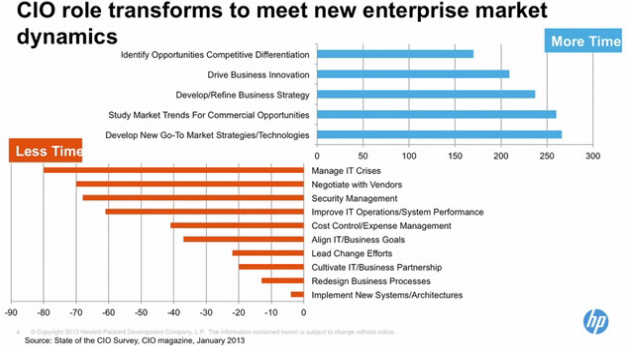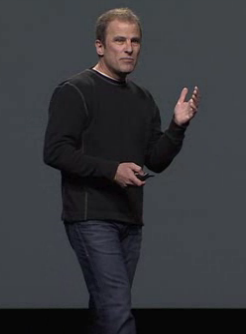Leveraging Cloud, Open Source To Aid Embattled IT

IT executives laid out the challenges and opportunities created by cloud computing, open source, and other disruptive technologies during this week's Red Hat summit in San Francisco.
With the rise of mobility, social media, big data and cloud computing, "The reality today for the enterprise IT organization is it is a nightmare," warned Steve Bandrowczak, Hewlett-Packard's CIO for enterprise services. Enterprise IT administrators must now hustle to meet the heightened expectations of workers who have grown accustomed to instantaneous access to data and video downloads along with two-second response times.
The challenge, Bandrowczak added, is to "take that massive complexity and simplify it for our users and make it faster," while adding "higher value and lower cost."
Meanwhile, IT budgets are being squeezed. "The reality is that we are being asked to do more with less," which means IT departments will have to create new business models in order to deliver.
Ultimately, that means the role of the CIO is morphing into what Bandrowczak called the "chief transformation officer."
The HP CIO asserted that the cloud is mostly "marketing fluff," but the attributes and capabilities of cloud computing help speed the delivery of new applications to the market. It also allows, for example, system upgrades every 90 days without disrupting business operations.
Red Hat CTO Brian Stevens argued that open source tools being shared among developers are driving innovation in the enterprise. Those innovations do not have to be disruptive.
"It's not about a singular change, it's not about one thing. It's about countless numbers of small, incremental technology changes and how do you bring those inside the platform and get them inside enterprise IT," he said.
Stevens stressed the growing importance of "cornerstone technologies" that do more than just replace software. Instead, they are having a "fundamental impact on the operational IT environment."
Despite the fact that operating systems are Red Hat's bread and butter, Stevens acknowledged that the OS ought to be humming in the background for IT developers who are mostly concerned with secure, reliable applications. "It's not just making sure the [application] runs when you want it to, increasingly it's about making sure the application runs where you want it to."
Among other things, that means supporting applications on both public and private clouds.
During the summit, Red Hat has been promoting a new feature for its enterprise Linux operating system, Project Atomic, which will serve as a lightweight RHEL host to deliver applications in Docker containers.
Meanwhile, cloud computing has matured to the point where it has been categorized as infrastructure, platform, or software service clouds. But "these categories are already starting to converge," Stevens said.
For Red Hat, the same convergence is taking place with its flagship products, OpenShift and OpenStack. "We’re finding that as we better integrate them and use them together, [users] end up with more capability and a better end user experience for both the end user as well as IT operations."
Related
George Leopold has written about science and technology for more than 30 years, focusing on electronics and aerospace technology. He previously served as executive editor of Electronic Engineering Times. Leopold is the author of "Calculated Risk: The Supersonic Life and Times of Gus Grissom" (Purdue University Press, 2016).












